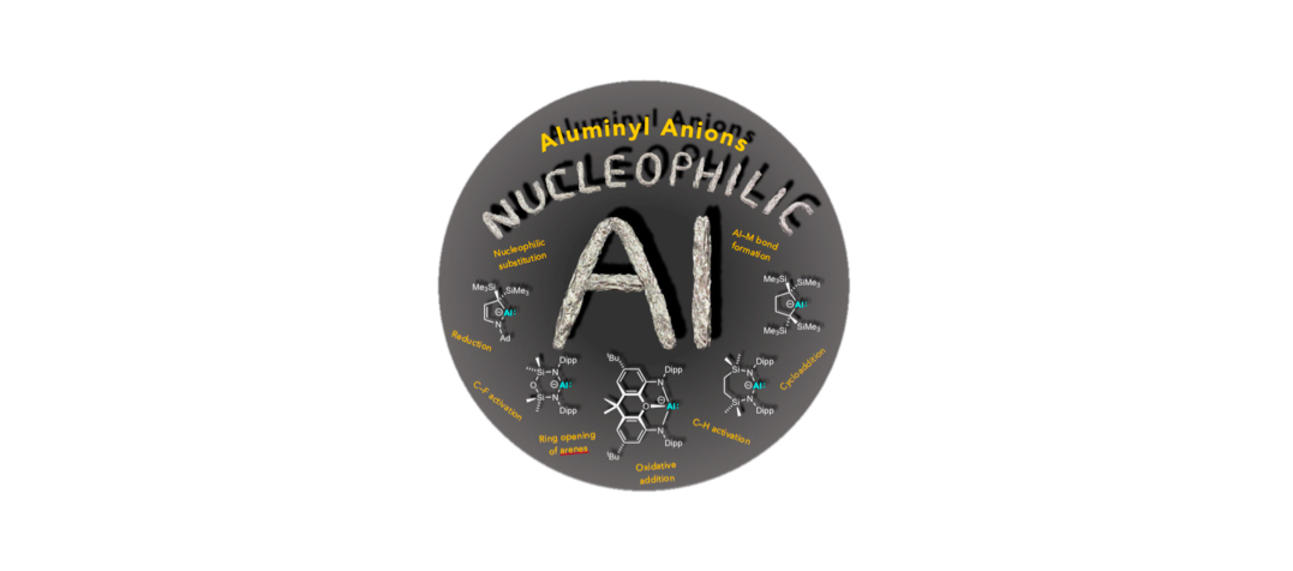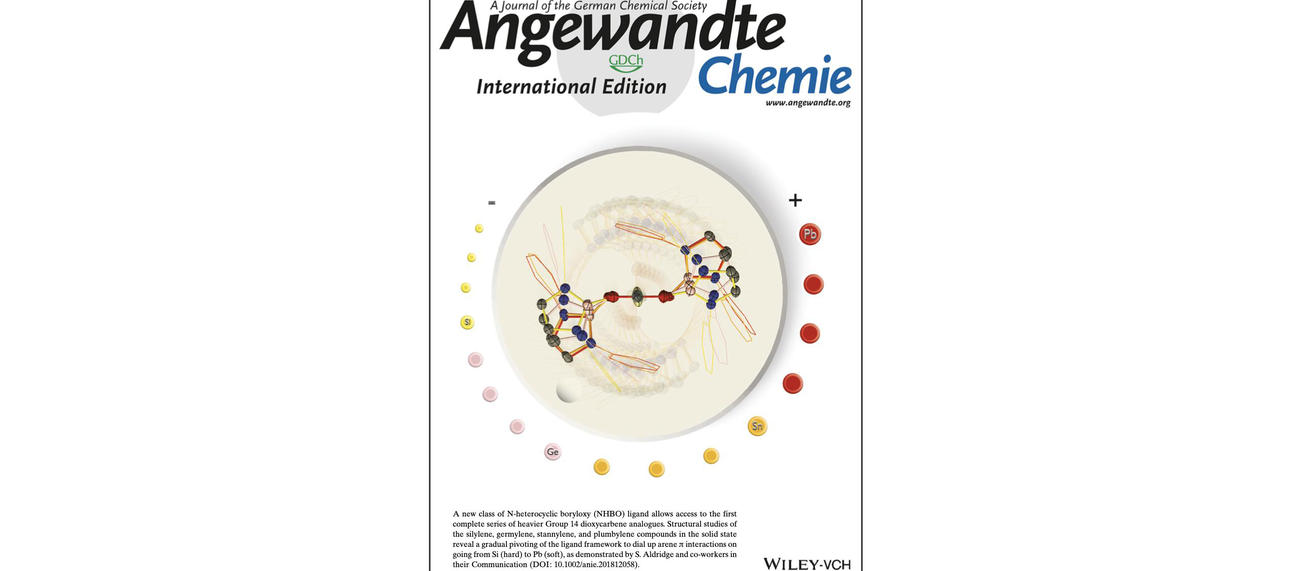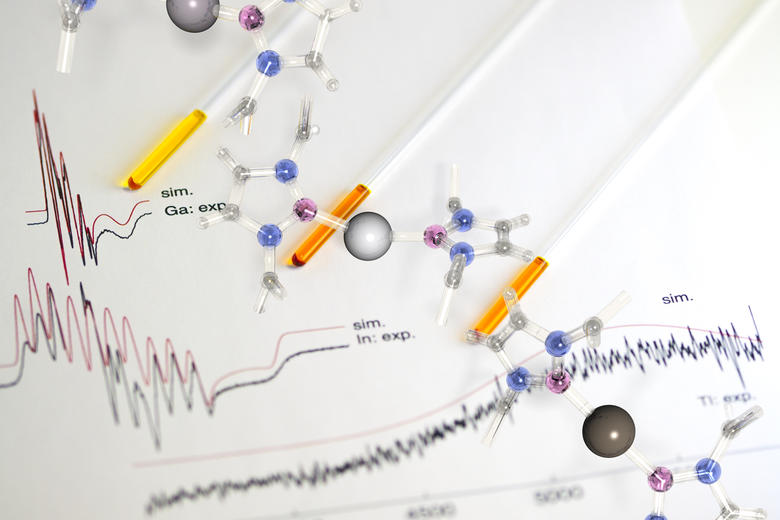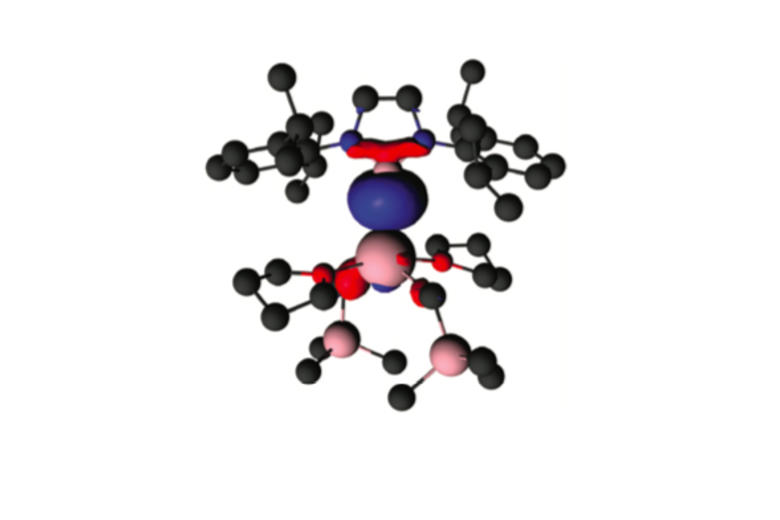Group 13 Ligands
Group 13 Ligands
Perturbation of electronic structure via coordination of Group 13 ligands at metal centres
The Aldridge group is also interested in the development of the chemistry of main group entities within the coordination spheres of (predominantly) d-block metals. This approach has been targeted for two purposes: (i) the use of transition metal centres to stabilize otherwise inaccessible (highly reactive) main group molecules, and (ii) to investigate how the coordination of reactive main group molecules at a (d- or p-block) metal centre can open up hitherto unseen modes of reactivity for the metal concerned. In particular this revolves around the generation of highly electron rich d-block centres covalently linked to a Group 13 metal.
Recent highlights include: (i) a gold aluminyl system which shows unpredented nucleophilic reactivity at gold; (ii) the use of strongly electron-donating boryl ancillary ligands to stabilise unprecedented Group 13 radicals in the +2 oxidation state; (iii) the first examples of f-element to boron bonds; (iv) trapping of group 13/17 diatomics (e.g. GaI and BF) within d-block coordination spheres; (v) generation and trapping of BN analogues of alkenes; (vi) fundamental experimental and computational studies defining a new oxidative bond activation pathway: Buergi-Dunitz structural snapshots of the simultaneous activation of both bonds of an EH2 unit a single metal centre; and (vii) new metal-mediated stoichiometric and catalytic approaches for the formation of C-B bonds.
Selected publications:










